Complete Guide to Japan’s Kobe Beef
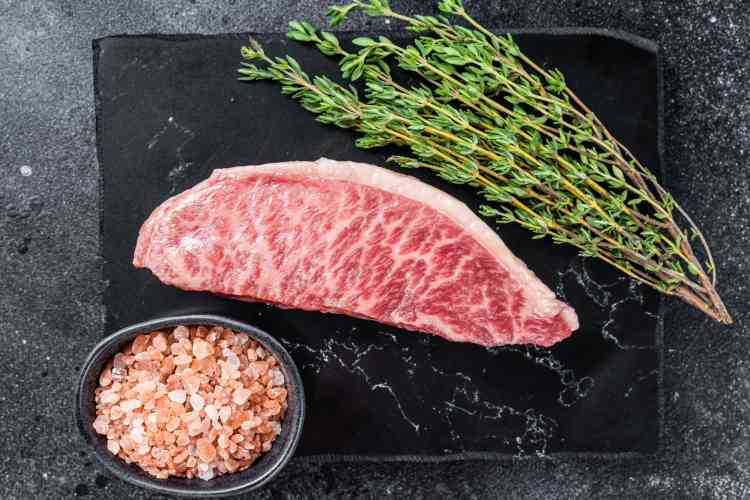
Japanese cuisine offers an extremely broad variety of dishes, from sushi and donburi to mochi and Kobe beef. You may be familiar with several delicious Japanese foods, but some would say you haven’t lived until you’ve tried the tender and flavorful Japanese Kobe beef.
What is Kobe beef? Is it possible to experience this delicacy in a cooking class near you? You may be lucky enough to find Kobe beef at gourmet cooking classes in Philadelphia or cooking classes in Chicago, but where can you purchase Kobe beef to cook at home? You’ll find answers to all these questions and more in our handy guide to Kobe beef!
Jump to Section
- What Is Kobe Beef?
- Kobe vs. Wagyu Beef
- Kobe Beef in the USA
- Tips for Cooking Kobe Beef Steaks
- Where to Buy Kobe Steaks
What Is Kobe Beef?
Kobe beef is an extremely tender and juicy type of meat that comes from Tajima cattle in Hyogo Prefecture, Japan. The meat is named after Hyogo’s capital city, Kobe. Kobe meat itself has a high fat content and a very distinct and luxurious fat marbling pattern. Because the fat is so perfectly interwoven into the muscle fibers of the meat, the result when cooked is a very tender, melty bite.
Beef must meet some extremely high standards in order to be stamped as Kobe beef, and not every Tajima cow makes the cut to become Kobe beef. Kobe beef can only come from heifers (young females without offspring) and bullocks (young males that have been castrated) from this specific region in Japan. Everyone involved in the breeding, raising and processing of Kobe beef must be certified by The Kobe Beef Association for the meat to be official.
It’s very hard to find authentic Kobe beef outside of Japan, since exports were restricted from 2001 until 2012. Needless to say, Kobe beef is a must-try if you visit Japan!
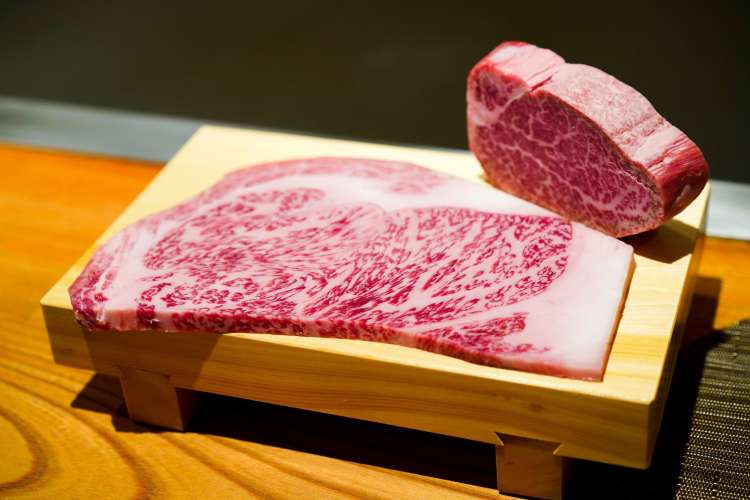
What Does Kobe Beef Taste Like?
Kobe beef features a richly fat-marbled, melt-in-your-mouth texture and unbelievably buttery and juicy flavor. Many people are blown away the first time they taste Kobe meat, and they’ll say it’s an indescribable experience.
On the USDA’s meat scale, authentic Kobe ranks at least two notches above Prime beef. Kobe beef fat also has a lower melting point than typical beef. As you might imagine, this meat is incredibly rich and filling, so don’t be afraid to share a taste with friends and family (but we won’t blame you if you want every bite for yourself).
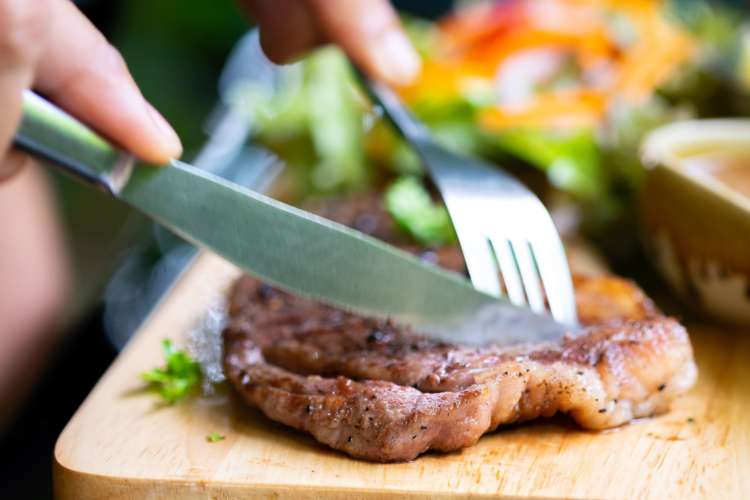
How Much Is Kobe Beef Per Pound?
As you might suspect, Kobe beef has a hefty price tag attached to its big reputation and unforgettable flavor. Kobe meat is one of the most expensive meats in the world, ranging between $90 and $150 per pound.
Where Does Kobe Beef Come From?
Kobe beef always comes from the Hyogo Prefecture in Japan. Hyogo is located in the Kansai region, which is situated on the southwestern portion of the island and spans from the Seto Inland Sea to the Sea of Japan. Hyogo Prefecture is home to approximately 5.47 million people and has a geographic area of around 8,400 square kilometers or 3,243 square miles, per Mapcarta.
Although Hyogo Prefecture is famous for producing Kobe beef, there is much more to this region than farmland. The capital city, Kobe is the sixth largest city in Japan, and it boasts many popular tourist destinations including Himeji Castle, the Arima and Kinosaki Onsens, and the Uroko Museum.

How Is Kobe Beef Raised?
Cows raised for Kobe beef will spend their whole lives on farmland in Hyogo Prefecture, from birth until they are brought to a local slaughterhouse. There are plenty of rumors surrounding the farming practices behind Kobe beef, including that the animals are massaged with sake, given beer or exposed to classical music. These rumors are probably exaggerations, but Kobe cattle do enjoy a luxurious lifestyle different from most meat and dairy cows.
Stressed animals release a hormone called cortisol, which can make their meat stiffer and chewier over time. When raising Kobe beef, farmers strive to make the cows feel as relaxed and comfortable as possible to encourage weight gain, fat production and tender meat. While they may not get beer and classical music, Tajima cows have ample room to move around in their sheds without running or fighting, and farmers will actually massage their legs to help with fat distribution and marbling.
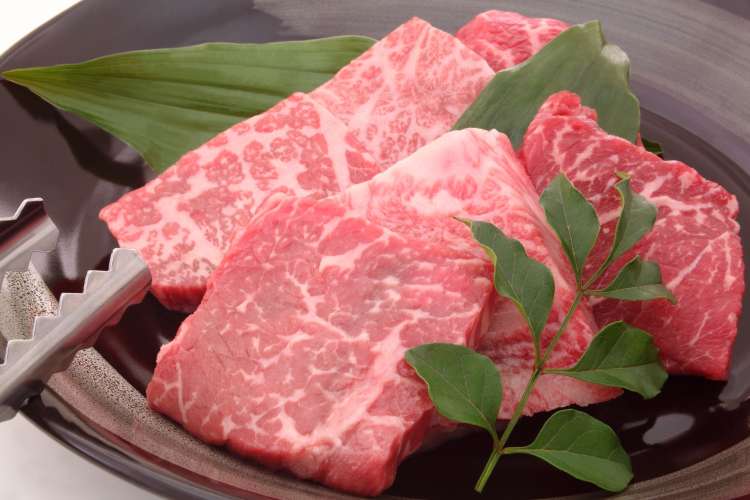
Is Kobe Beef Healthy?
The high fat content of Kobe beef may sound unhealthy, but it is actually mostly mono-unsaturated fat. Kobe beef is much healthier than standard beef found in America or Europe, and it’s arguably one of the healthiest meats in the world. Kobe is rich in omega-3 and omega-6 fatty acids which are great for heart health, lowering cholesterol and relieving other health issues.
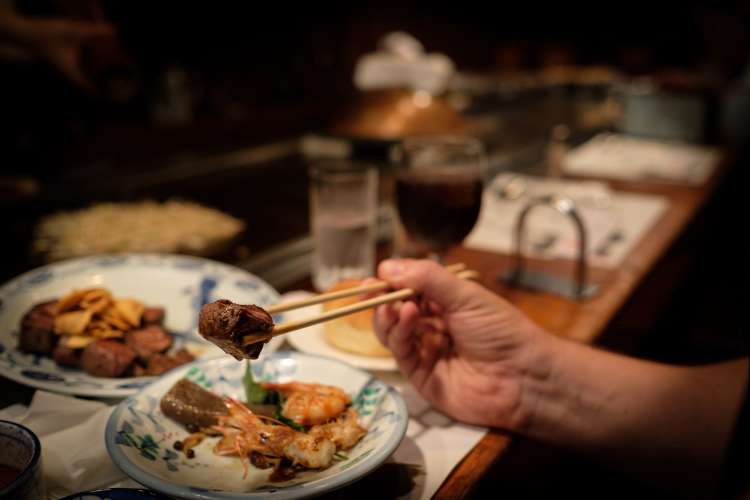
Kobe vs. Wagyu Beef
To be able to compare Kobe vs. wagyu, it is important to understand what they both refer to. Wagyu is a term broadly used for Japanese cattle. The word “wa” translates to “Japanese,” and “gyu” simply means “cow.” That does not mean that all Japanese cows are wagyu cows, though.
Wagyu beef in general is sourced from four special, purebred breeds of cattle: Japanese Black, Japanese Brown, Japanese Polled and Japanese Shorthorn cows. These four breeds are the only cows that can be called wagyu beef. Japanese Black and Japanese Brown cows are the most common sources of exported wagyu, while meat from Japanese Polled and Japanese Shorthorn cows never leaves Japan.
Kobe beef always comes from the Tajima strain of the Japanese Black wagyu cattle. Thus, in terms of Japanese cattle, all Kobe beef is wagyu beef, but not all wagyu beef can be called Kobe beef. Kobe beef is a specialized variety of wagyu that in itself requires strict rules for sourcing and raising the cows. For beef to be “Kobe,” for instance, the meat must be sourced not only from the appropriate type of cattle, but also must come from Hyogo Prefecture.
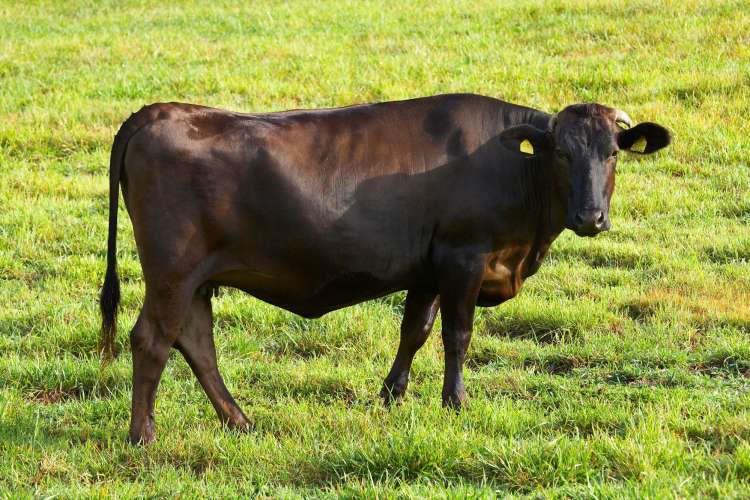
What’s the Difference Between Kobe Beef and Wagyu?
So what is different about Kobe vs. wagyu? Kobe beef comes from Japanese wagyu cows, after all.
Comparing Kobe beef to wagyu beef is like comparing a filet mignon to a beef tenderloin — not a perfect analogy, but close enough for our purposes. They are essentially the same thing, but the former is a more luxurious section of the latter. (The filet mignon cut comes from the tenderloin, which is in itself arguably the most superior section of the cow.)
Think you’ve had wagyu beef before? The meat that you consumed may have been delicious, but it’s common to find terms like “Kobe-style,” “domestic wagyu” or “American Kobe” at steakhouses in the United States and Europe. It’s very rare to find the real deal outside of Japan, and these terms generally indicate that the meat on your menu was not sourced from authentic wagyu or Kobe cattle.
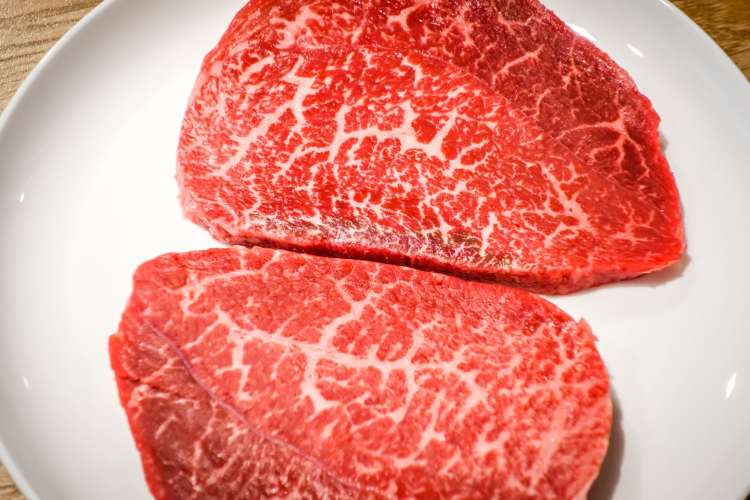
Kobe Beef in the USA
Western countries were largely unaware of the magical Kobe beef until WWII, when American soldiers passing through Japan were able to taste their first bites of the incredible meat. After the war, Kobe beef still remained relatively unknown to the general public until it was popularized in the early 2000s.
Mashed explains that around this time, bans on Japanese beef imports were instated due to fears about mad cow disease, but this only made Kobe beef seem more mysterious and unattainable to flavor-hungry Americans. During this time, many stores sold American-style “Kobe” beef to curious customers, but these meats were sourced from crossbred cows. In 2012, the bans were lifted, and authentic Kobe beef could once again be imported to the United States — with restrictions on who can serve such prized and rare meat.
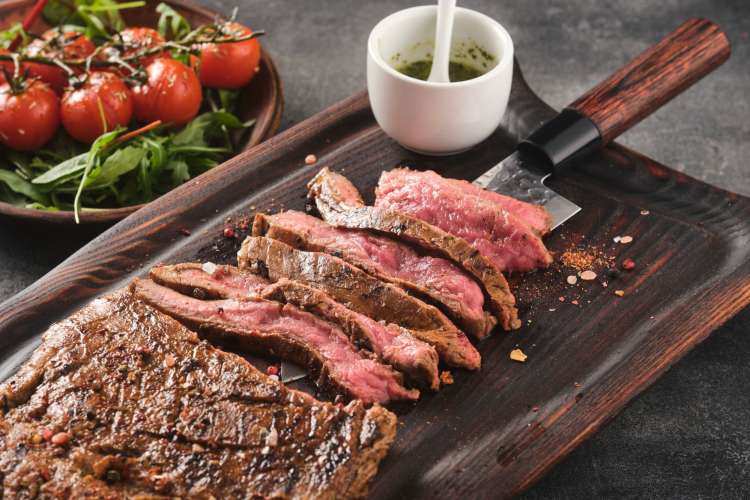
Tips for Cooking Kobe Beef Steaks
Because of its hefty price tag and legendary reputation, cooking Kobe beef can feel like a nerve-wracking experience. Remember that most of the work has already been done for you by the farmer and the cow. The best way to enjoy Kobe meat or any other wagyu beef is to allow the meat’s rich natural textures and flavors to shine.
Preparing the Steak
If your steak is frozen when you receive it, allow it to thaw in the refrigerator for a day or two before cooking. Don’t let it settle to room temperature before cooking; Kobe steak should go straight from your refrigerator into your hot frying pan or grill. This will help the outside of the beef to sear without overcooking the inside.
It’s okay to season your Kobe beef before cooking. In Japan, Kobe is often served with salt and soy sauce on the side. Salt and pepper or mild steak seasoning will work well at home, but avoid pouring on too much flavor. You’ll want the flavor of the meat itself to be the star of the show.
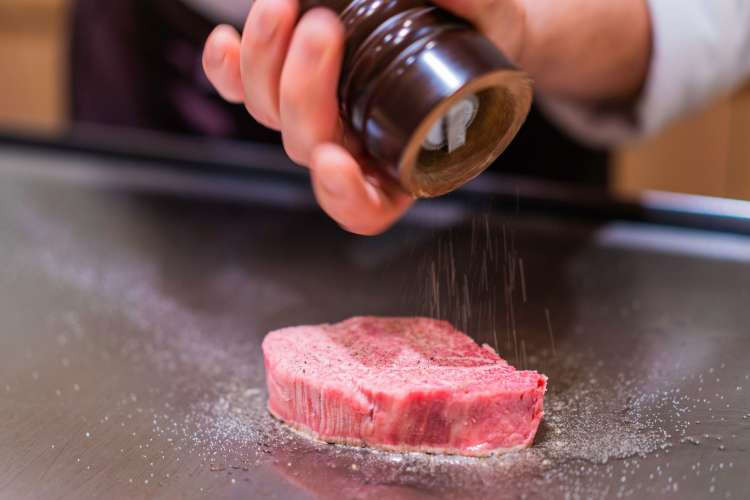
Cooking the Steak
Kobe beef steaks can be cooked in a number of ways. Traditionally, they are sliced into tender chunks and seared on a large hibachi grill. You can cook wagyu or Kobe beef on a charcoal or propane grill, but this isn’t recommended for first-time Kobe-cookers because of Kobe’s high fat content. A large cast iron skillet is the safest choice for getting perfectly tender, juicy Kobe beef on your first try.
If you’re cooking with a cast iron skillet, lightly grease your skillet with Kobe beef fat trimmings, butter or olive oil, then sear each side of your steak for about three to four minutes. You can cook Kobe beef as rare or well-done as you’d like, but you don’t want to overcook. Kobe beef fat melts away quickly, so you’ll want to avoid overcooking and drying out the steak.
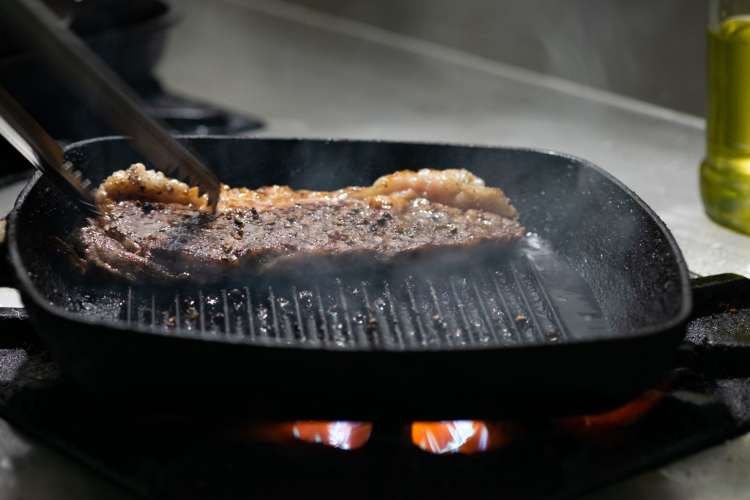
Where to Buy Kobe Steaks
If you’re preparing for a romantic dinner, special occasion or gourmet online cooking class, Kobe beef is one of the most luxurious items to add to your menu. The best place to get Kobe beef is straight from the source in Kobe, Japan. Of course, you can also somewhat easily find Kobe beef at steakhouses, butcher shops and high-end restaurants all across the country.
If you aren’t living in or visiting Japan, it will be harder to get real Kobe beef, but it’s not impossible. Authentic Kobe steak is extremely hard to find outside of Japan, but a select handful of steakhouses and online retailers will sell you the real, bonafide bovine. In fact, fewer than 50 restaurants in the United States are certified to serve authentic Kobe beef.
Always watch out for terms like “wagyu-style,” “domestic wagyu” or “American Kobe” on steakhouse menus and online. These are dead giveaways that the meat you’re purchasing is probably from a hybrid cow or uncertified breed. These meats can still taste great, but nothing compares to the real Kobe beef.
Rest assured you'll find genuine Japanese A5 Kobe beef at Holy Grail Steaks, who offer a vast selection of world-class steaks from partner ranches in Japan, Australia and the U.S.
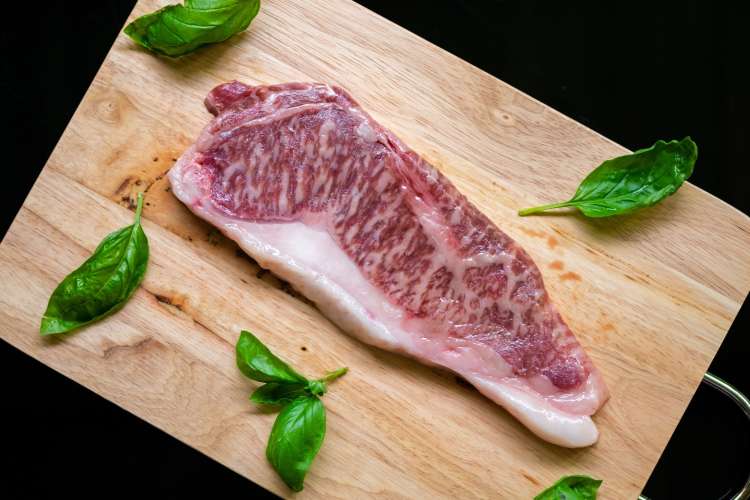
Taking a bite of Kobe beef is truly a once-in-a-lifetime experience. Although the price of Kobe beef is quite high, many people wholeheartedly believe that its juicy, soft and buttery flavors are worth every penny. Whether you decide to travel to Japan or cook your own steaks at home, authentic Kobe beef is a meal experience you’ll never forget.
For even more fun ways to explore food, check out other experiences happening on Cozymeal.



FOOD FOR THOUGHT?
Join the conversation.